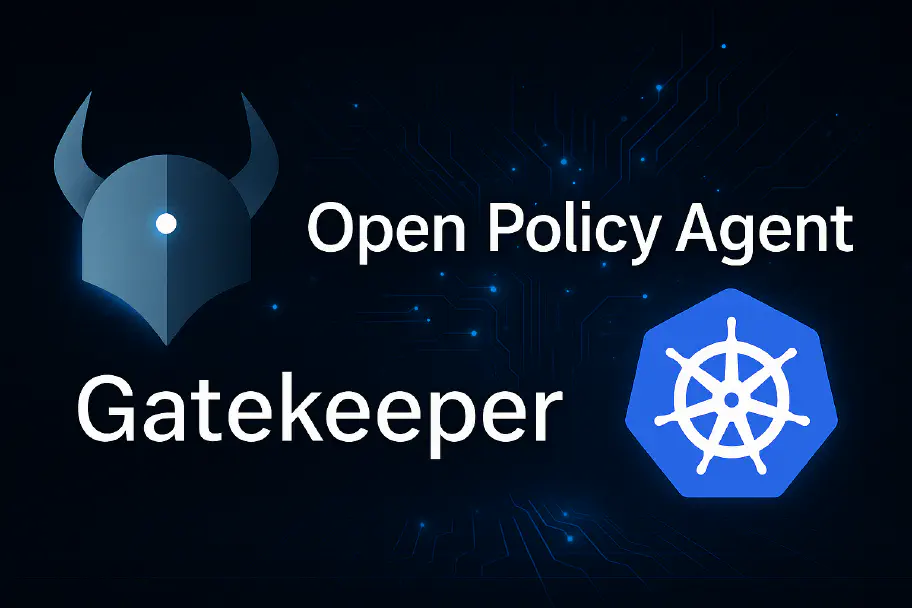I'll Let Myself In: Kubernetes Privilege Escalation Tactics

Earlier this year at KubeCon EU 2024, a fantastic talk was delivered by our lead consultant Iain Smart (listed in the top 5 KubeCon security talks by Wiz).
We’ll explore the darker side of Kubernetes: privilege escalation tactics. Whether you’re a DevOps Engineer or a Security Analyst, understanding these tactics is crucial for fortifying your clusters against both internal and external threats
Common Vulnerabilities
- Misconfigured RBAC (Role-Based Access Control): Incorrectly configured RBAC rules can grant excessive permissions to users and services.
- Unsecured API Server: Exposing the Kubernetes API server without proper authentication and authorisation controls can lead to unauthorised access.
- Insecure Network Policies: Lack of stringent network policies can allow lateral movement within the cluster, enabling attackers to access sensitive data and services.
Penetration Testing Kubernetes
Penetration testing identifies and addresses vulnerabilities within Kubernetes environments by simulating real-world attacks. By conducting these thorough assessments, organisations can fortify their defences against potential exploits, especially by working together with the teams that deploy and develop applications. We’ll outline some common privilege escalation tactics and how you can detect and mitigate them.
Tactic 1: Exploiting Misconfigured RBAC
RBAC is a powerful feature of Kubernetes, but misconfigurations can lead to privilege escalation. Attackers can exploit these misconfigurations to gain elevated privileges.
Detection and Mitigation
- Regularly audit your RBAC policies.
- Use tools like kube-bench to check for misconfigurations.
- Implement the principle of least privilege.
- Scan your RBAC roles with BadRobot.
Tactic 2: Abusing Kubernetes API
The Kubernetes API is the central control point for managing the cluster. If not properly secured, it can be a goldmine for attackers.
Detection and Mitigation
- Ensure API server authentication and authorisation are correctly configured.
- Enable audit logging to monitor API server requests.
- Use network policies to restrict access to the API server.
Tactic 3: Leveraging Insecure Network Policies
Inadequate network policies can allow attackers to move laterally within the cluster, accessing sensitive services and data.
Detection and Mitigation
- Define stringent network policies to control traffic flow within the cluster.
- Use tools like Calico or Cilium to enforce network security.
- Regularly review and update your network policies.
- Test your network policies with NetAssert.
Advanced Tactics for Persistent Threats
While the above tactics are relatively straightforward, more advanced methods can be used to achieve persistence and evade detection.
Tactic 4: Exploiting Component Edge-Cases
Kubernetes components interact in complex ways. Attackers can exploit these edge cases to gain unauthorised access.
Detection and Mitigation
- Regularly update Kubernetes components and apply security patches.
- Monitor component interactions using tools like Prometheus and Grafana.
- Conduct thorough security assessments to identify potential edge-case vulnerabilities.
Tactic 5: Hiding Traces of Activity
Sophisticated attackers aim to remain undetected. They employ various techniques to hide their activity within the cluster.
Detection and Mitigation
- Implement robust logging and monitoring solutions.
- Use tools like Falco to detect abnormal behaviour in real-time.
- Conduct regular audits and forensic analyses to identify hidden threats.
Conclusion
Watch the talk to see these attacks demonstrated!
Related blogs

Out on the GenAI Wild West: Part I - Red Team Redemption

Penetration Testing and Purple Teaming: Essential for Financial Services Security

